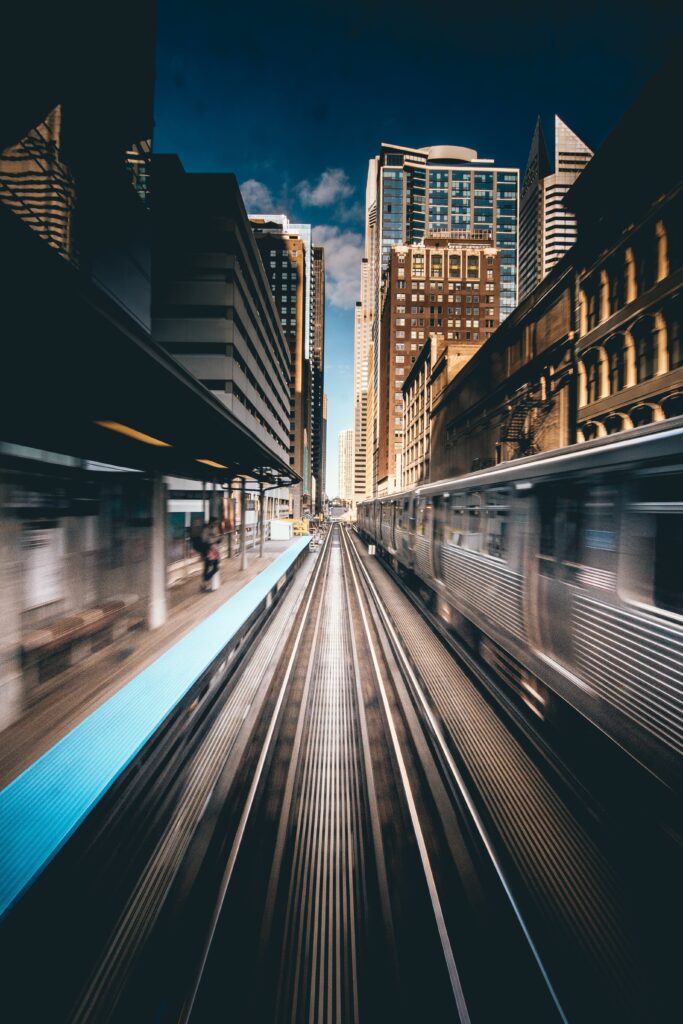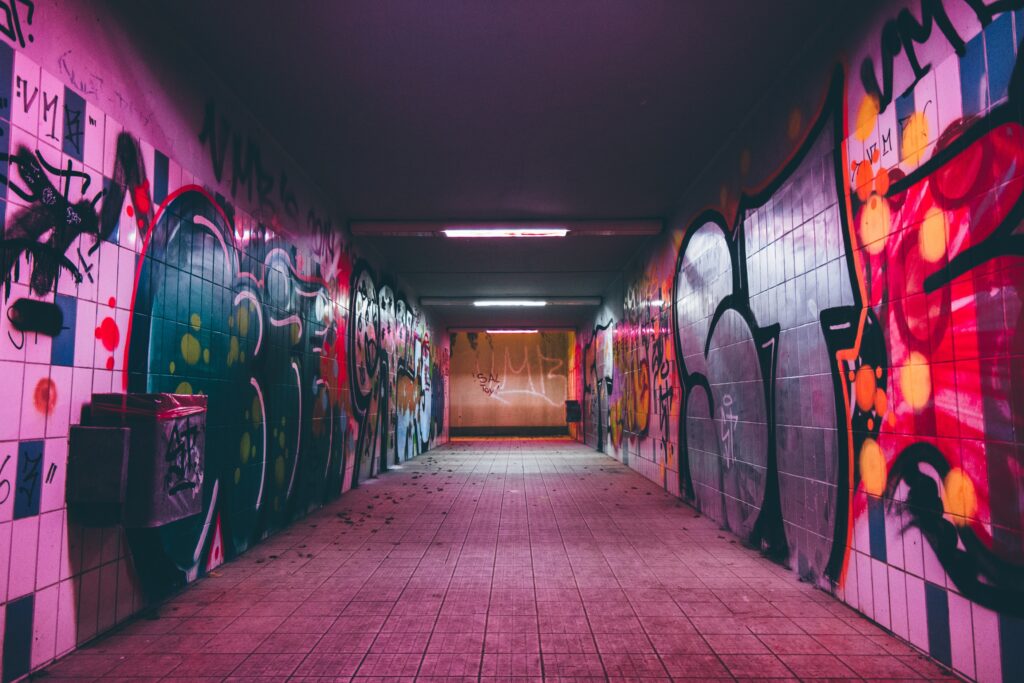The Johns Hopkins University Bloomberg Center, located in Washington, D.C., has recently made its grand debut as a transformative addition to the cityscape. Formerly a museum, this innovative center demonstrates the growing trend of universities repurposing vacant buildings in struggling urban areas, a practice known as adaptive reuse. While universities alone cannot single-handedly revive downtowns, they certainly hold the potential to serve as catalysts for revitalization and community engagement. In the wake of the pandemic, urban dwellers sought refuge in rural areas, causing a temporary exodus from downtowns. However, as the world slowly regains its footing, a surge of residents is returning to urban centers across America. The migration of educational institutions to city cores is not a new phenomenon, and although property taxes may pose challenges, their presence brings about an array of additional revenue streams for local economies. Made possible by a generous contribution from Michael R. Bloomberg, the Johns Hopkins University Bloomberg Center underwent a comprehensive renovation spearheaded by esteemed architectural firms Rockwell Group and Ennead, resulting in an impressive transformation from traditional museum to a versatile, contemporary quad. With features such as bridges, breakout spaces, and a variety of amenities including a theater, restaurant, and public art gallery, this center aspires to become a flourishing downtown hub, seamlessly integrated with the surrounding city. While the future of American cities remains uncertain in the aftermath of the pandemic, the relocation of universities downtown offers a glimpse of the positive transformations that may lie ahead.

The Johns Hopkins University Bloomberg Center
Transforming a Former Museum into an Urban Quad
The Johns Hopkins University Bloomberg Center has recently opened its doors in Washington, D.C., marking a remarkable transformation of a once-dormant museum into a vibrant urban quad. This ambitious project is not only a testament to the university’s commitment to academic excellence but also a prime example of the growing trend of adaptive reuse, where universities are occupying empty buildings in struggling downtown areas.
Adaptive Reuse Trend
Universities occupying empty buildings in struggling downtown areas
As cities across the United States face the challenges of struggling downtown areas, universities like Johns Hopkins are stepping in to breathe new life into these vacant spaces. Adaptive reuse is emerging as a means to address this issue, allowing educational institutions to repurpose underutilized buildings and turn them into thriving academic centers.

Revitalization and Community Hubs
Universities like Hopkins bring potential for revitalization and community hubs
By occupying these empty buildings, universities like Johns Hopkins have the potential to spark the revitalization of struggling downtown areas. They bring not only educational opportunities but also act as community hubs, attracting students, faculty, and visitors to the surrounding businesses and cultural institutions.
Return to Downtown Areas
More residents returning to downtown areas across America after the pandemic
The ongoing COVID-19 pandemic compelled many city residents to seek refuge in suburban and rural areas. However, as the situation improves, there has been a noticeable trend of residents returning to downtown areas across America. This shift in population presents an opportunity for universities, like Johns Hopkins, to play a significant role in the revitalization of these urban centers.

Schools Moving Downtown
A long-standing phenomenon with various impacts
The relocation of educational institutions to downtown areas is not a new phenomenon. For years, universities and colleges have recognized the benefits of being in the heart of a city, fostering collaborations, and providing students with valuable real-world experiences. This movement has had a range of impacts, from stimulating economic growth to transforming the social fabric of downtown neighborhoods.
Property Taxes and Revenue
Issue of property taxes versus other revenues brought by campuses
One of the concerns often raised regarding schools moving downtown is the impact on property taxes. As universities occupy valuable real estate, there is a debate about whether they contribute their fair share to the local tax base. However, it is important to consider that campuses also bring significant revenue through student spending, research grants, and partnerships with local businesses.
Funding and Renovation
The Hopkins center funded by Michael R. Bloomberg and underwent a complete renovation
The transformation of the former museum into the Johns Hopkins University Bloomberg Center was made possible through the generous funding of Michael R. Bloomberg. This substantial investment enabled the center to undergo a complete renovation, breathing new life into the aging structure and creating an innovative and dynamic space for learning and collaboration.
Overseeing the Renovation
Renovation overseen by the Rockwell Group and Ennead
The renovation of the Johns Hopkins University Bloomberg Center was entrusted to two esteemed architectural firms, the Rockwell Group and Ennead. With their expertise and vision, they successfully transformed the center into a modern and inviting space that aligns with the university’s commitment to excellence in education and research.
Transformed Atrium and Quad
The atrium was transformed into an open, flexible quad with bridges and breakout spaces
One of the most significant changes in the renovation was the transformation of the atrium into an open, flexible quad. The Rockwell Group and Ennead designed a space that fosters collaboration and innovation, with bridges and breakout spaces that encourage interaction among students and faculty. This transformation has breathed new life into the center, turning it into a vibrant hub of academic and social activities.
Uncertain Future of American Cities
Post-Covid uncertainty, but some changes like universities moving downtown may bring positive transformations
As we navigate the post-COVID landscape, the future of American cities remains uncertain. However, there is hope that positive transformations can occur, especially with initiatives such as universities moving downtown. By occupying underutilized buildings and creating community hubs, institutions like Johns Hopkins have the potential to revitalize struggling downtown areas, fostering economic growth, and creating vibrant urban environments.
In conclusion, the opening of the Johns Hopkins University Bloomberg Center in a former museum in Washington showcases the power of adaptive reuse and the potential for universities to drive revitalization in struggling downtown areas. While there are challenges such as property taxes, the long-standing phenomenon of schools moving downtown has demonstrated numerous positive impacts. The Center’s renovation, overseen by the Rockwell Group and Ennead, has transformed it into an inviting space that fosters collaboration and innovation. As American cities face an uncertain future, initiatives like universities moving downtown offer hope for positive transformations and vibrant urban centers.

